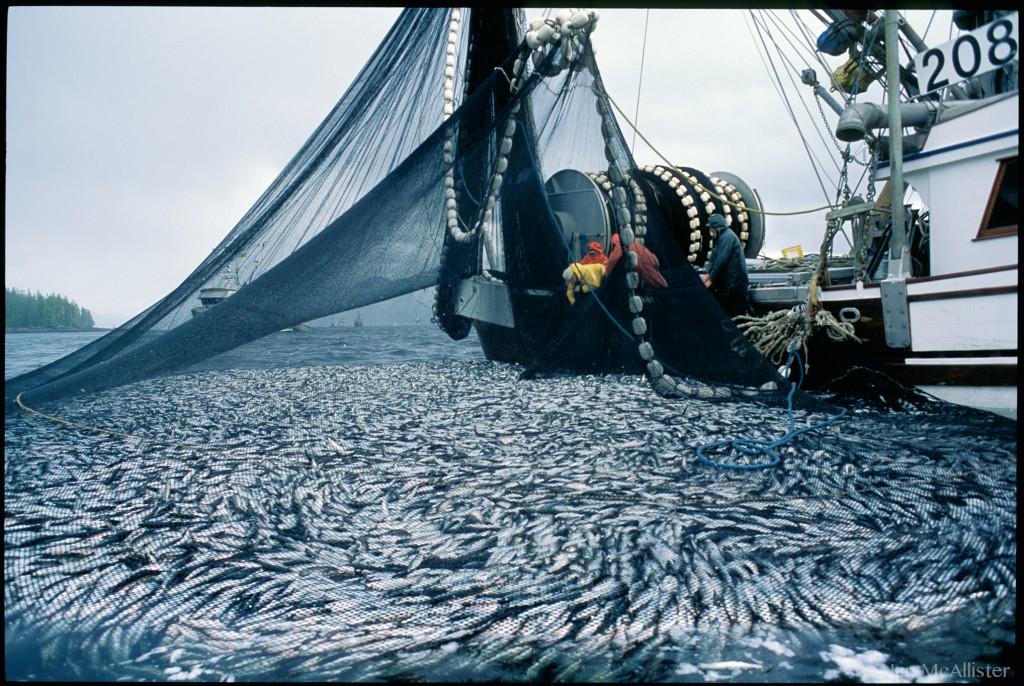HORNBY ISLAND, B.C. – The Department of Fisheries and Oceans has announced that it is forging ahead with its March herring fishery, despite protests from environmental groups.
According to the DFO, The 2019 fisheries management plan for Pacific herring has been approved following a public consultation and comment period.
The DFO says this allows a commercial total allowable catch (TAC) across all four fisheries (roe gillnet, roe seine, food and bait, and special use) of 28,400 short tons in the Strait of Georgia.
But the decision to go ahead with the fishery has been met with opposition from a number of groups, including Conservancy Hornby Island which launched an online petition on change.org.
As of Friday afternoon, the petition, Say NO to the Pacific Herring Roe Fishery, has drawn 45,038 signatures.
On the page, Conservancy Hornby Island notes that “again this year, Fisheries and Oceans Canada (DFO) is preparing to approve the catch of approximately 200 million spawning herring in the Georgia Strait – the last viable herring roe fishery on the coast – without considering what impact this may have on all the other sea creatures who rely on this one species of forage fish.”
It continued, “Pacific herring is the basis for the food web that supports the salmon, killer whales and most of the other mammals, seabirds and other creatures who, with us, call this place home. Eighty percent of the chinook salmons’ diet is herring, and over 80 percent of the endangered southern resident killer whales’ diet is chinook.”
In early January, Grant Scott, the group’s president and a former commercial fisherman, spoke to the MyComoxValleyNow.com newsroom about the impact herring have on the health of local waters.
“These small fish are so important in the whole ecosystem of the Salish Sea,” Scott said. “For salmon, cod, halibut… every creature down there and all the seabirds that go through here, migrating north. It’s so fundamental to the whole ecosystem that killing them to take 20 percent of the female body weight for the roe market… it’s all focused on the roe.”
Scott said that the DFO grinds up 100 percent of the males and take the roe out of the females, and the roe goes to feed the stock in fish farms and is also used for pet food.
“The question is, is that the highest and best use of this public resource, is to sell 10 percent of this valuable ecological fish basically on the Asian and Japanese market for a very, very low price, when they are so much more valuable?” Scott said.
The group contends that 90 percent of the herring are ground up for fish farm food and pet food and that only 10 percent – the roe – is eaten by humans.



